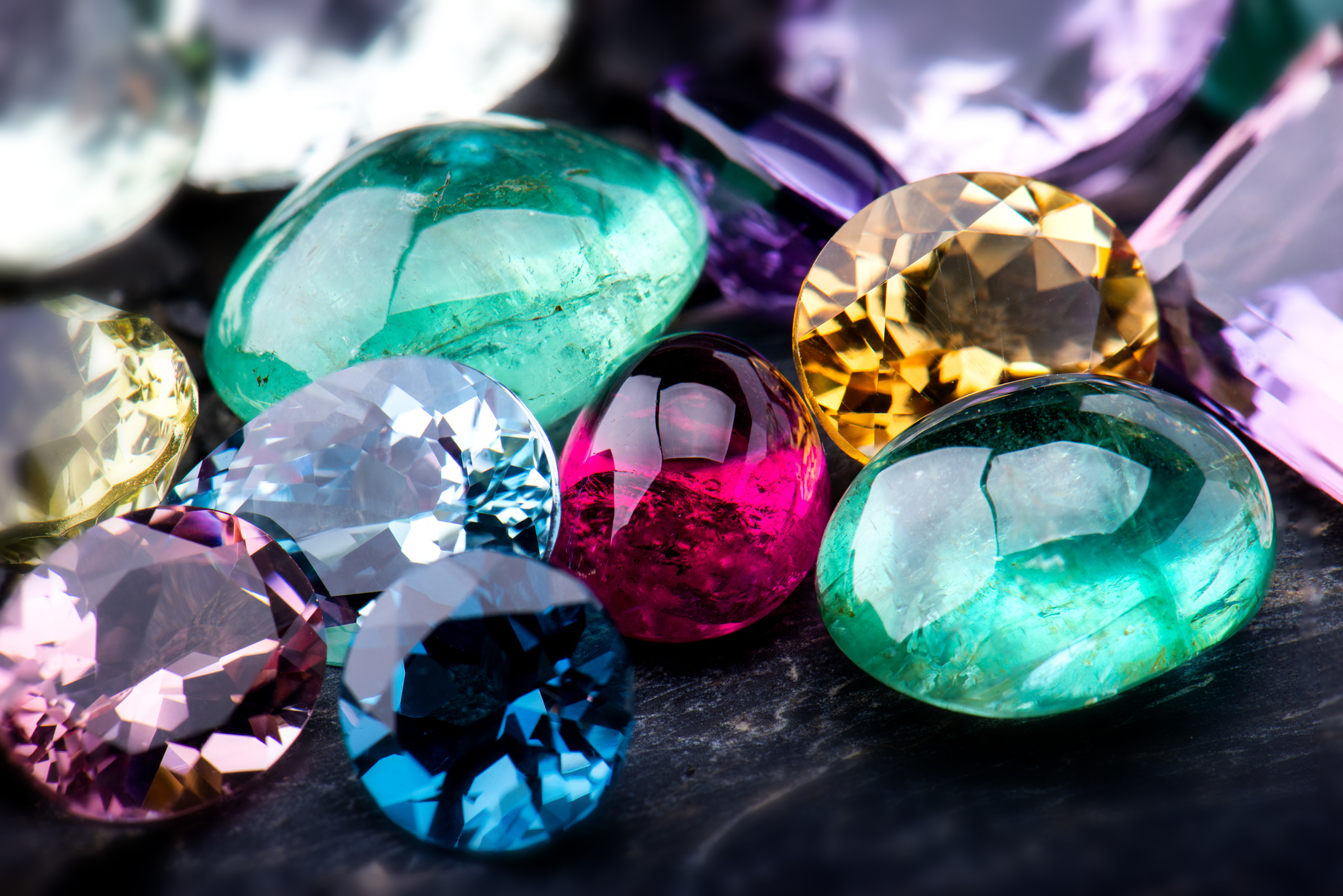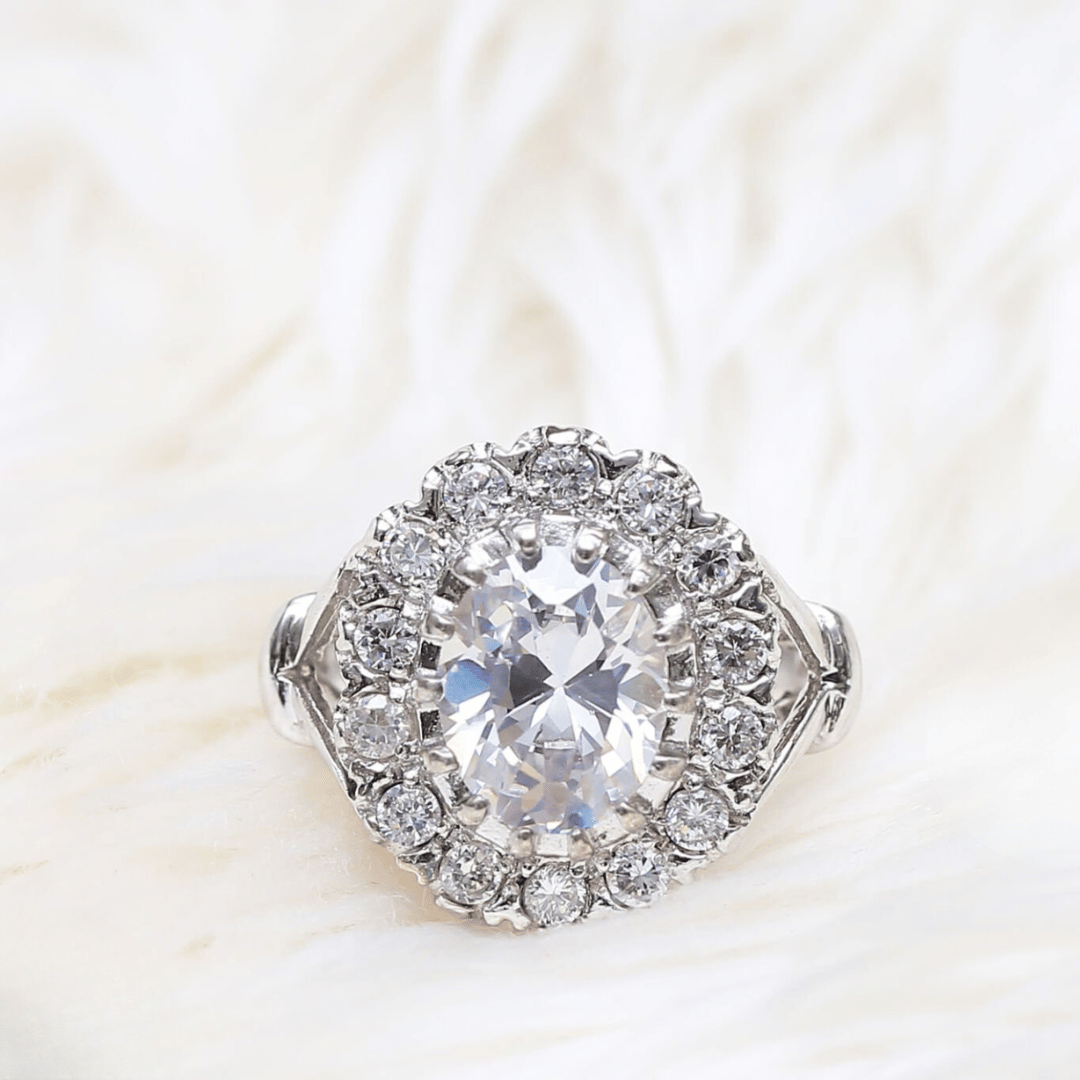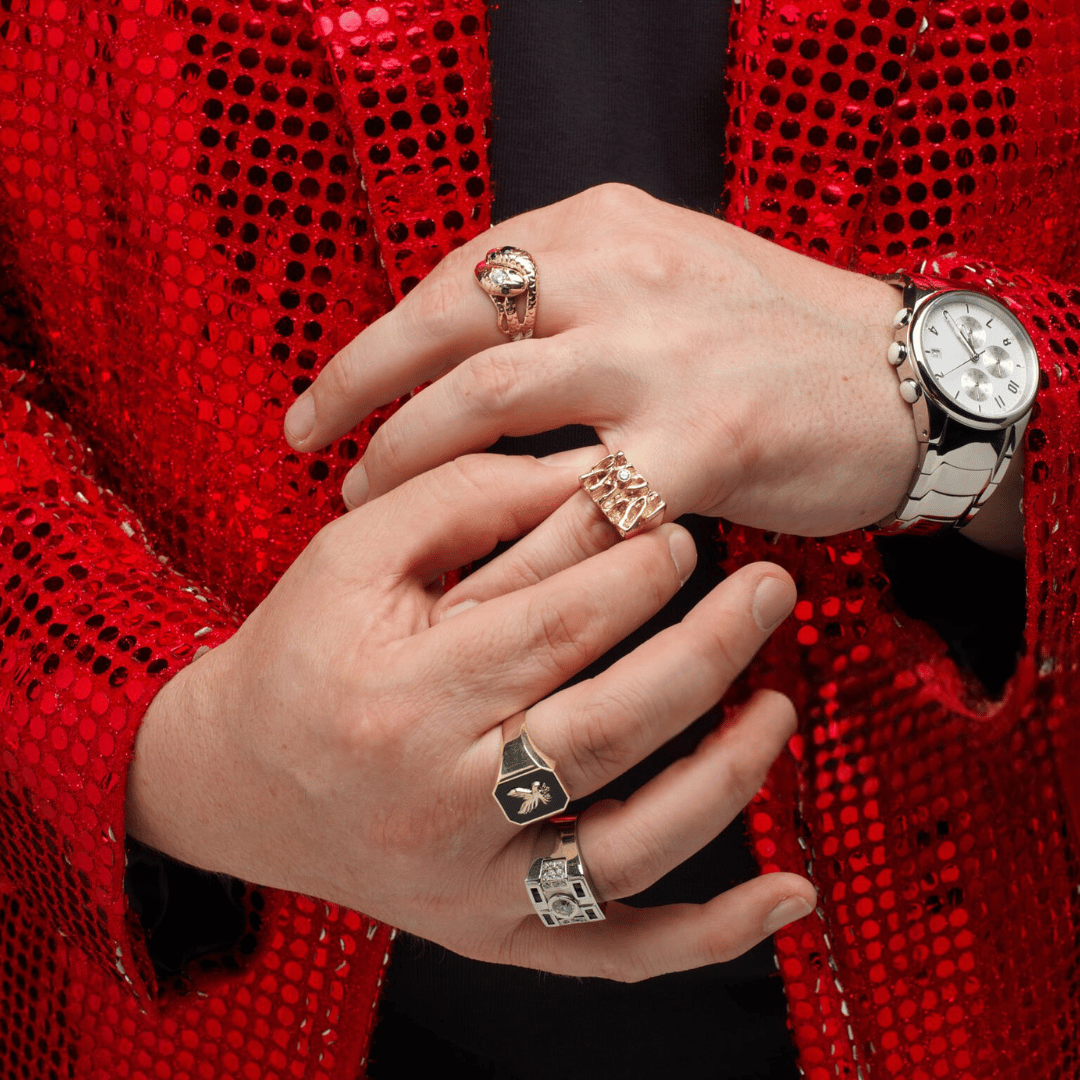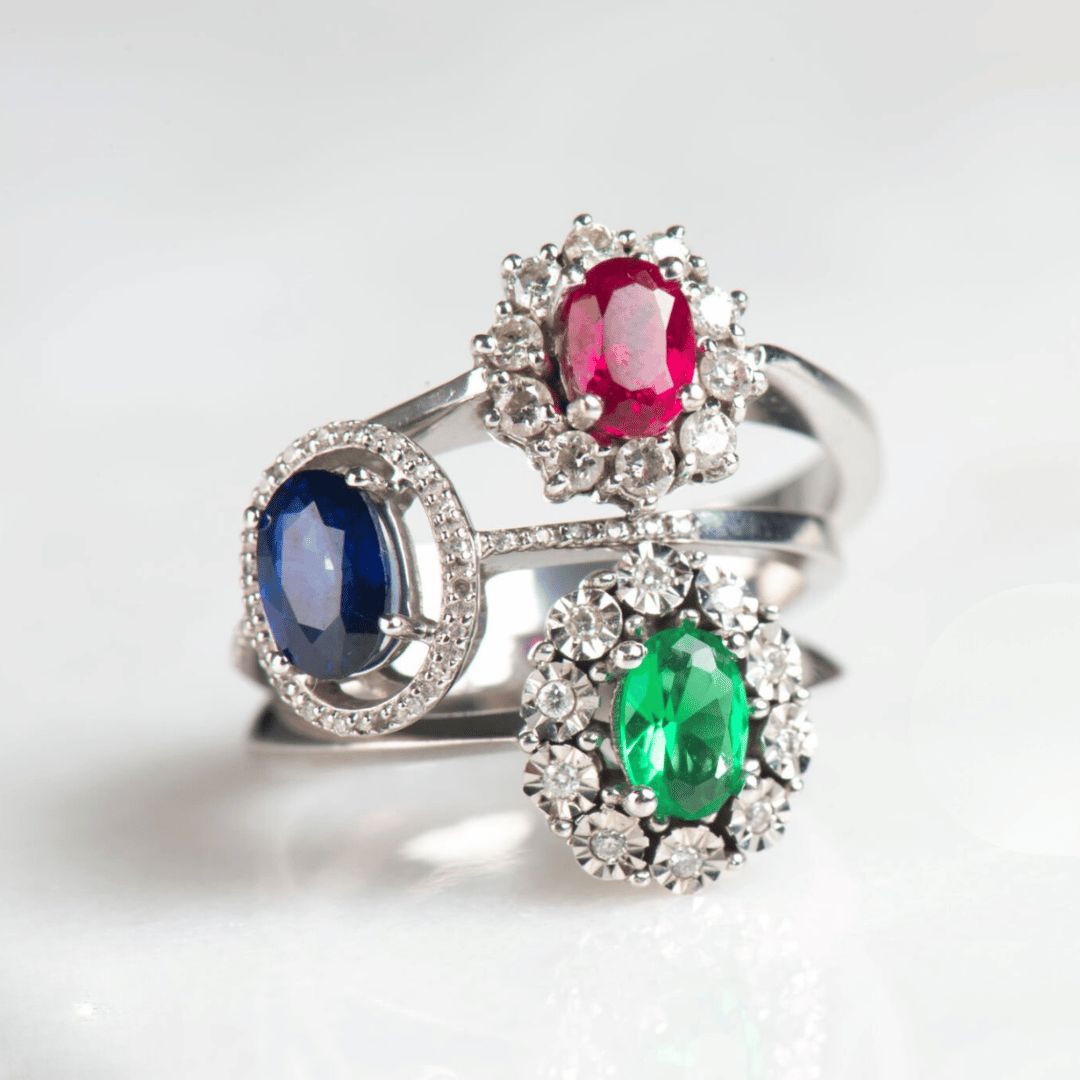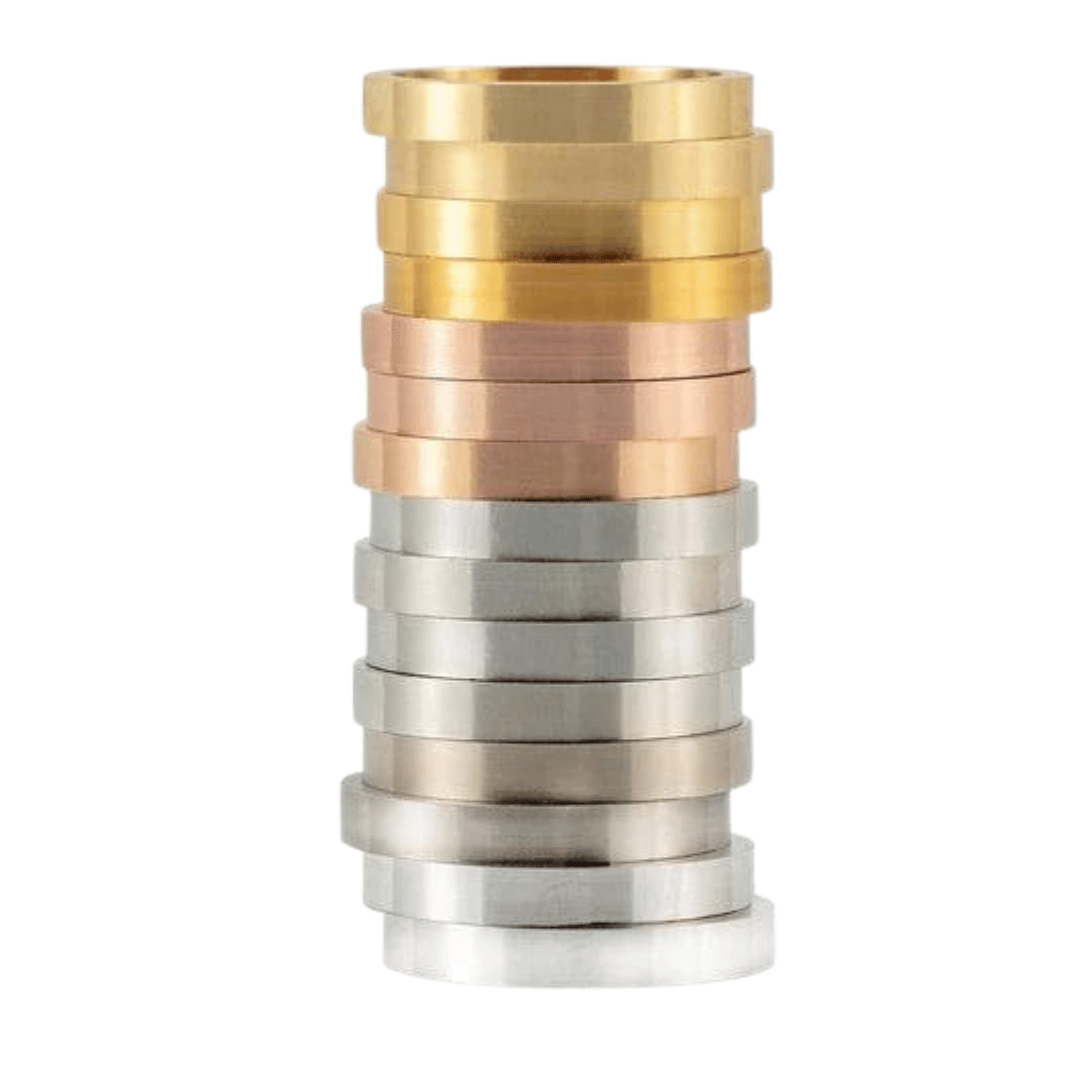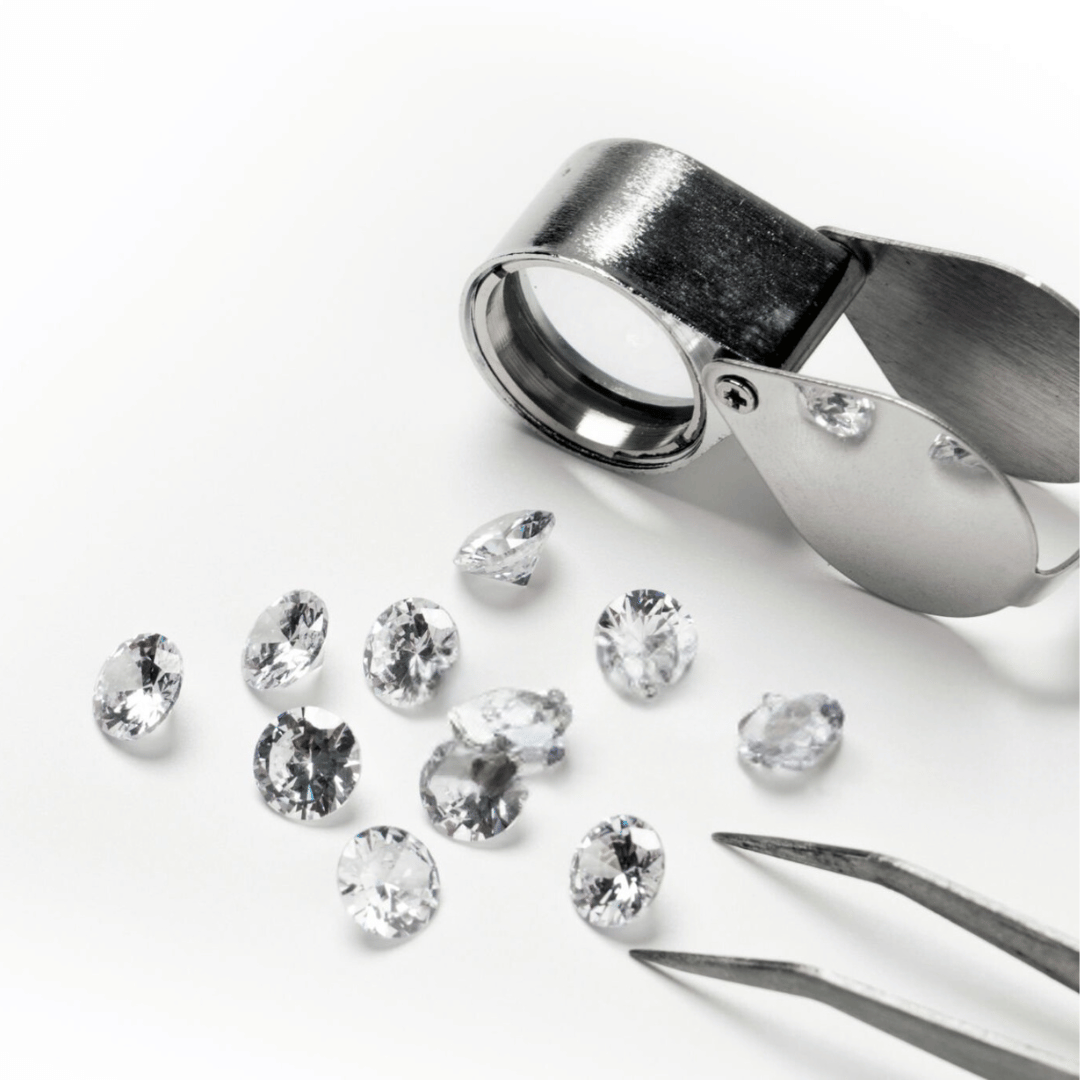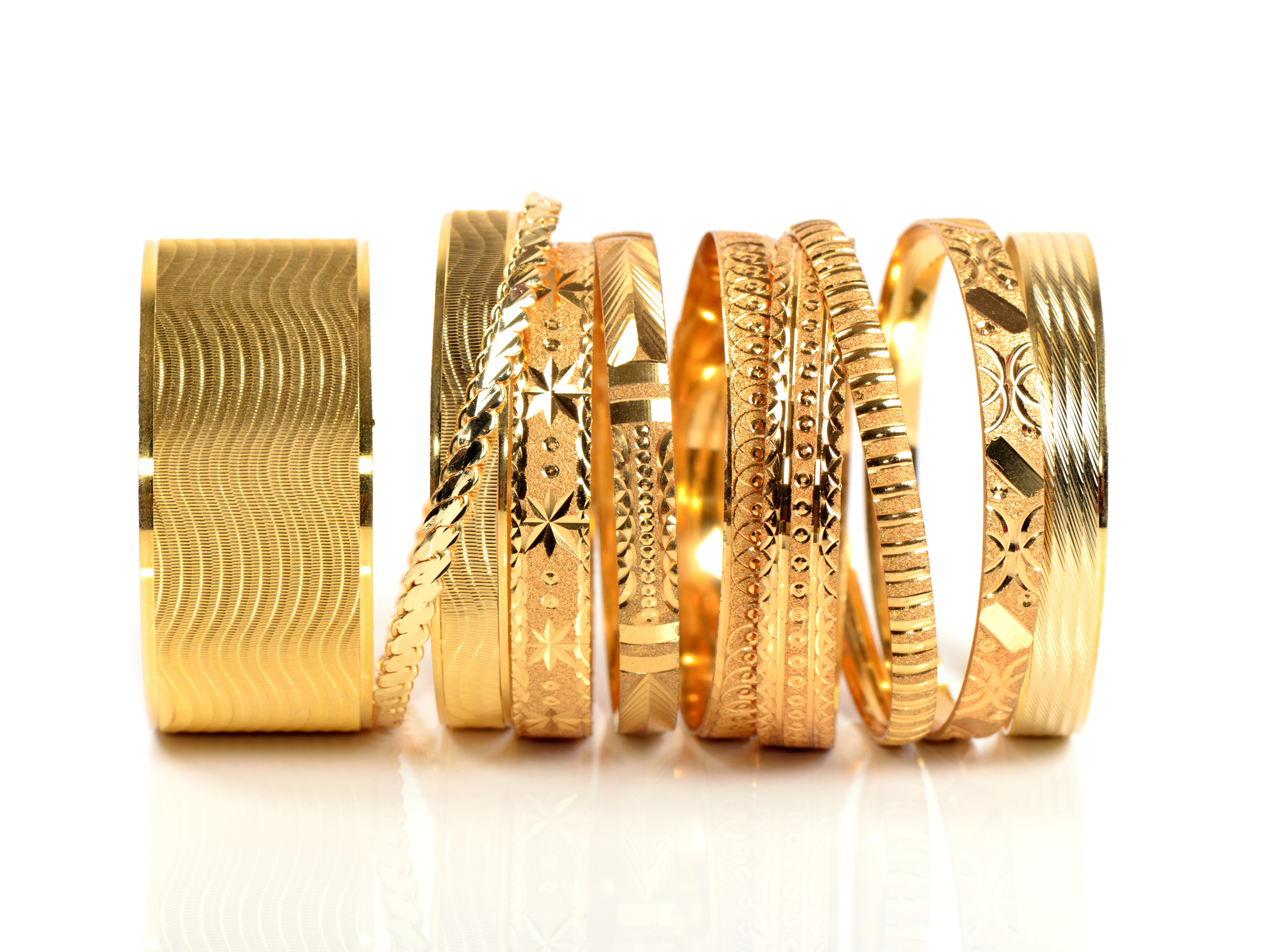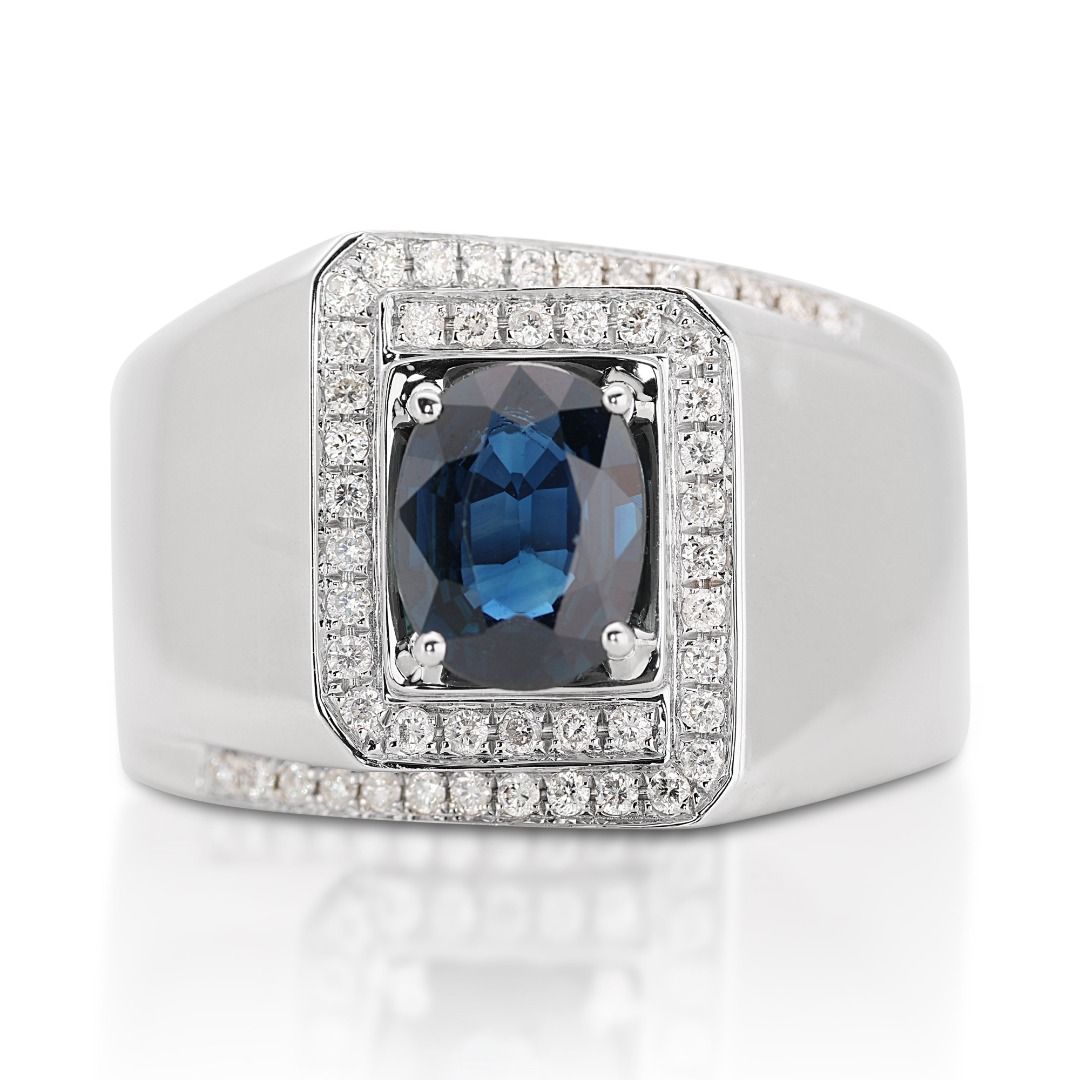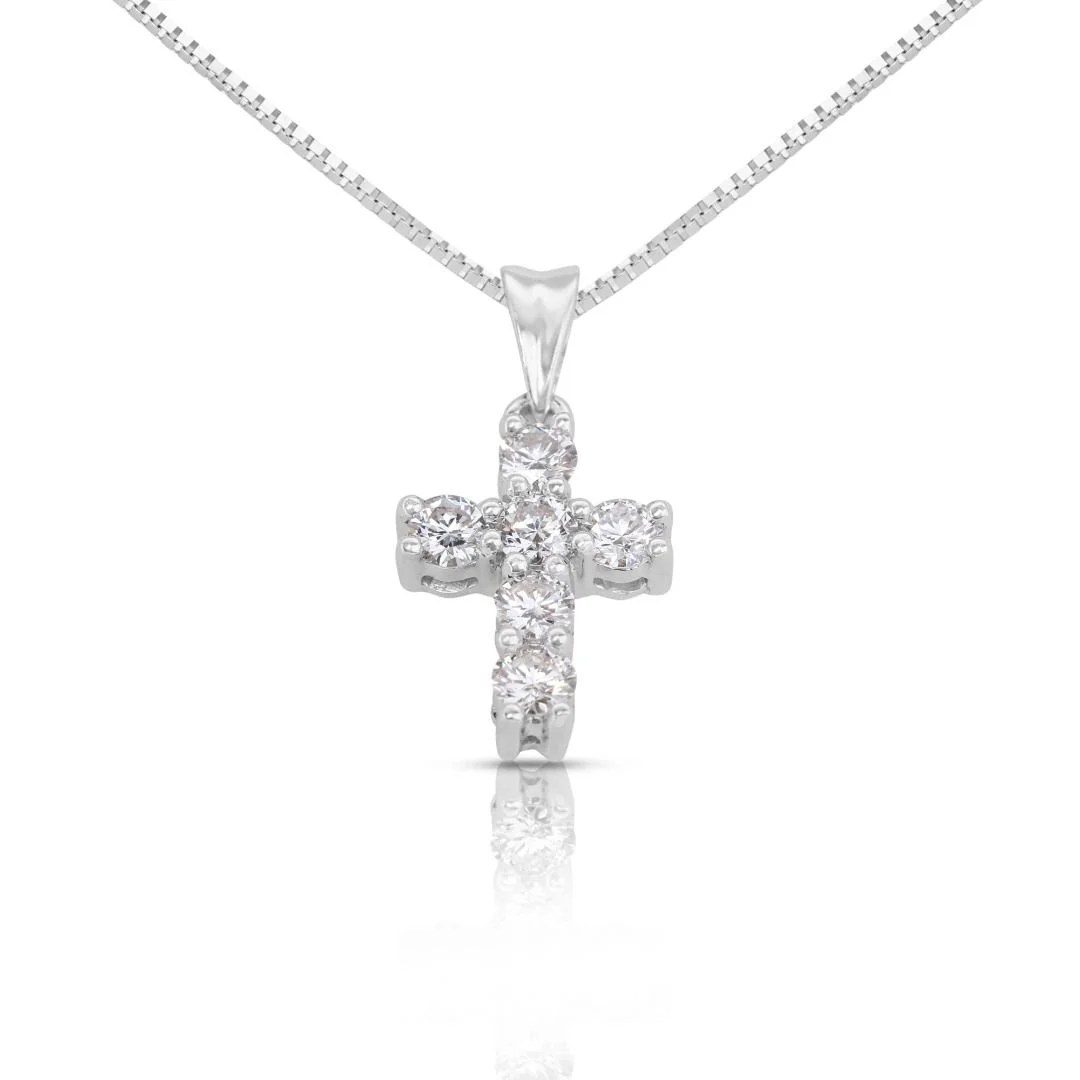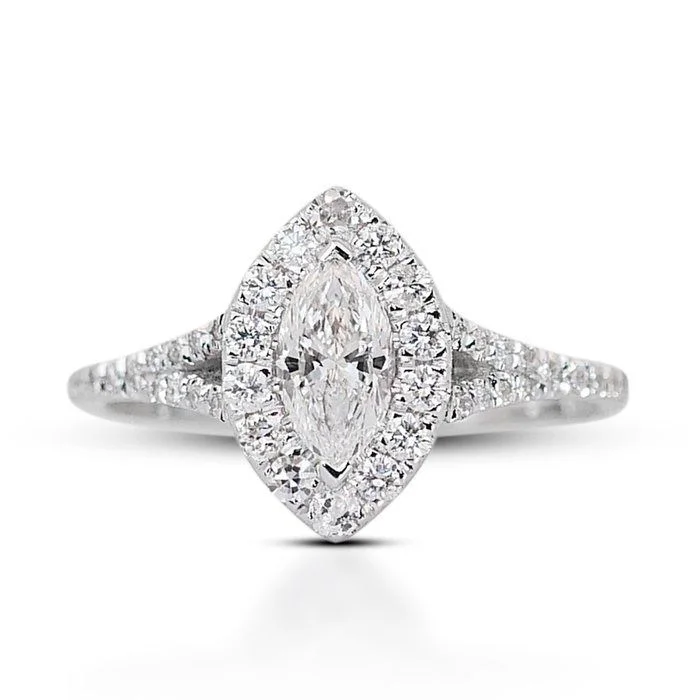How To Choose Gemstone
How To Choose Gemstone
Key Highlights:
- Colour is King: Unlike diamonds, colour is the top priority for gemstones. Choose a vibrant hue, rich saturation, and a pleasing tone that reflects your style.
- The Cut Matters: A well-cut gem maximizes beauty by balancing colour, weight, and durability. Consider the stone’s shape and how it will be set.
- Clarity: A Balancing Act: Inclusions can add character, but excessive flaws can affect beauty. Understand a gemstone’s durability for everyday wear.
- Carat Weight: Not the Only Factor: A well-cut, beautiful 1-carat stone can outshine a larger, poorly cut gem.
- Natural vs. Enhanced vs. Synthetic: Synthetics offer affordability but lack natural charm.
- Finding Your Perfect Gem: Consider colour preference, sparkle, and clarity before buying.
- Custom Design for You: Collaborate with a jeweller (National Association of Goldsmiths member) to create a unique piece that fits your style and budget.
Choosing coloured gemstones opens a world of vibrant self-expression. Each gem offers a unique colour palette, reflecting your personality and style. But where do you begin? This guide explores the factors that elevate a gemstone from ordinary to extraordinary, empowering you to make a confident decision.
1. The 4Cs: Understanding Gemstone Quality
Just like diamonds, coloured gemstones are evaluated using the 4Cs: Cut, Clarity, Colour, and Carat Weight. However, their relative importance differs.
- Colour Reigns Supreme: Unlike diamonds where cut prioritizes brilliance, colour is paramount for gemstones. The most desirable shades boast vibrant hues, optimal saturation (colour intensity), and a pleasing tone (lightness or darkness). Ultimately, the best colour is a matter of personal preference. Trust your eye and seek a jeweller who can showcase various hues, explaining their unique characteristics.
- The Art of the Cut: A well-cut gemstone maximizes its beauty. Cutters balance colour, weight, and durability to create a gem that sparkles and complements the chosen setting. For instance, opals often feature smooth, cabochon cuts, while sapphires benefit from precise faceting to enhance their colour brilliance. Modern cuts, like convex or concave shapes, can even transform gems into miniature sculptures.
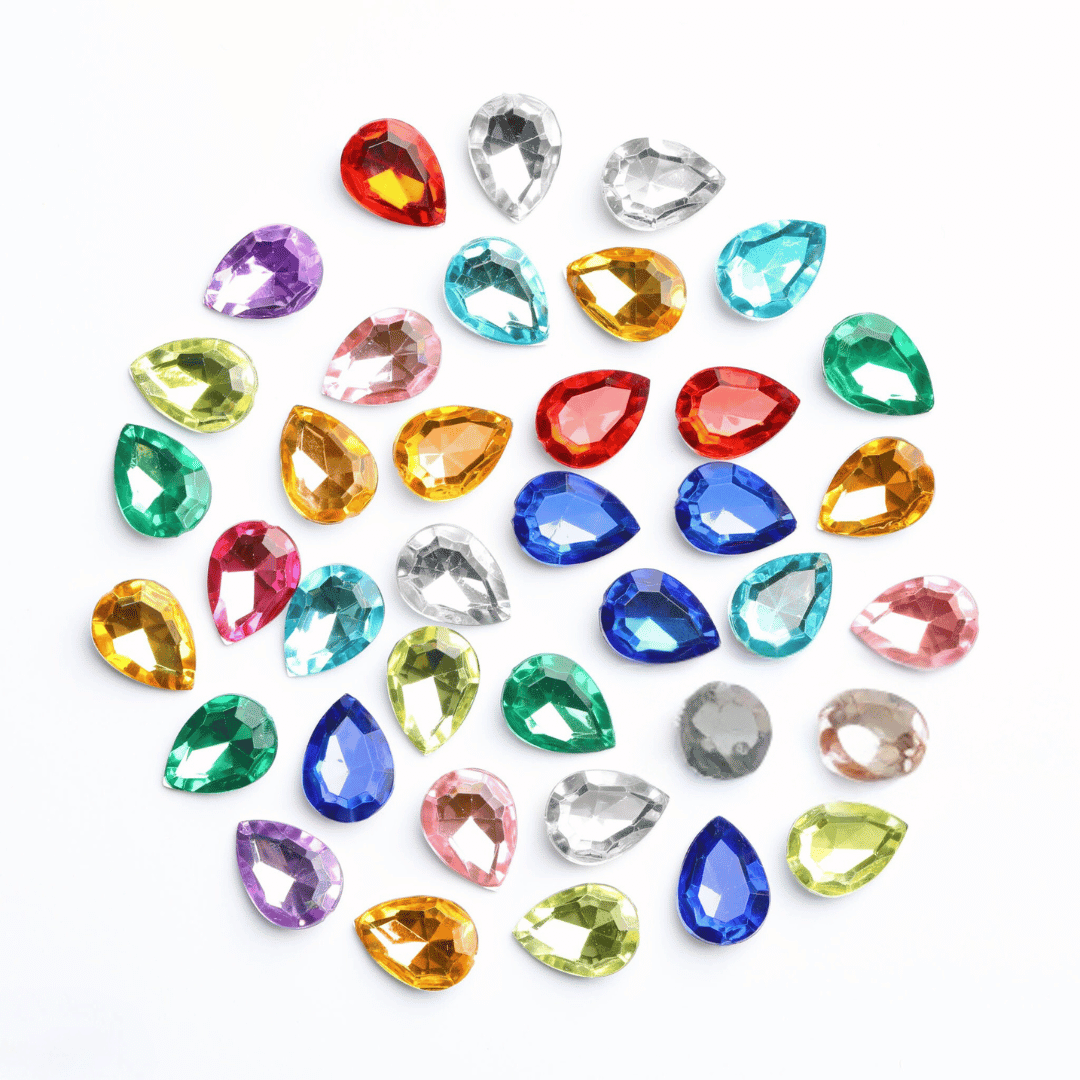
- Clarity: A Balancing Act
Clarity refers to the presence of inclusions (internal flaws) and blemishes (external flaws). While some inclusions, like the “jardin” in emeralds, add a touch of character, excessive flaws can hinder light passage and diminish beauty. Understanding a gemstone’s durability is also crucial. Gems like rubies and sapphires are ideal for everyday wear due to their hardness, while softer gems like opals require more delicate settings.
- Carat Weight: Size Matters (But Not Everything)
Gemstones are measured in carats, but millimetres are also used for size reference, especially when selecting stones for specific jewellery pieces. Don’t get hung up on carat weight alone. A well-cut, beautiful 1-carat gemstone can be more captivating than a larger, poorly cut stone.
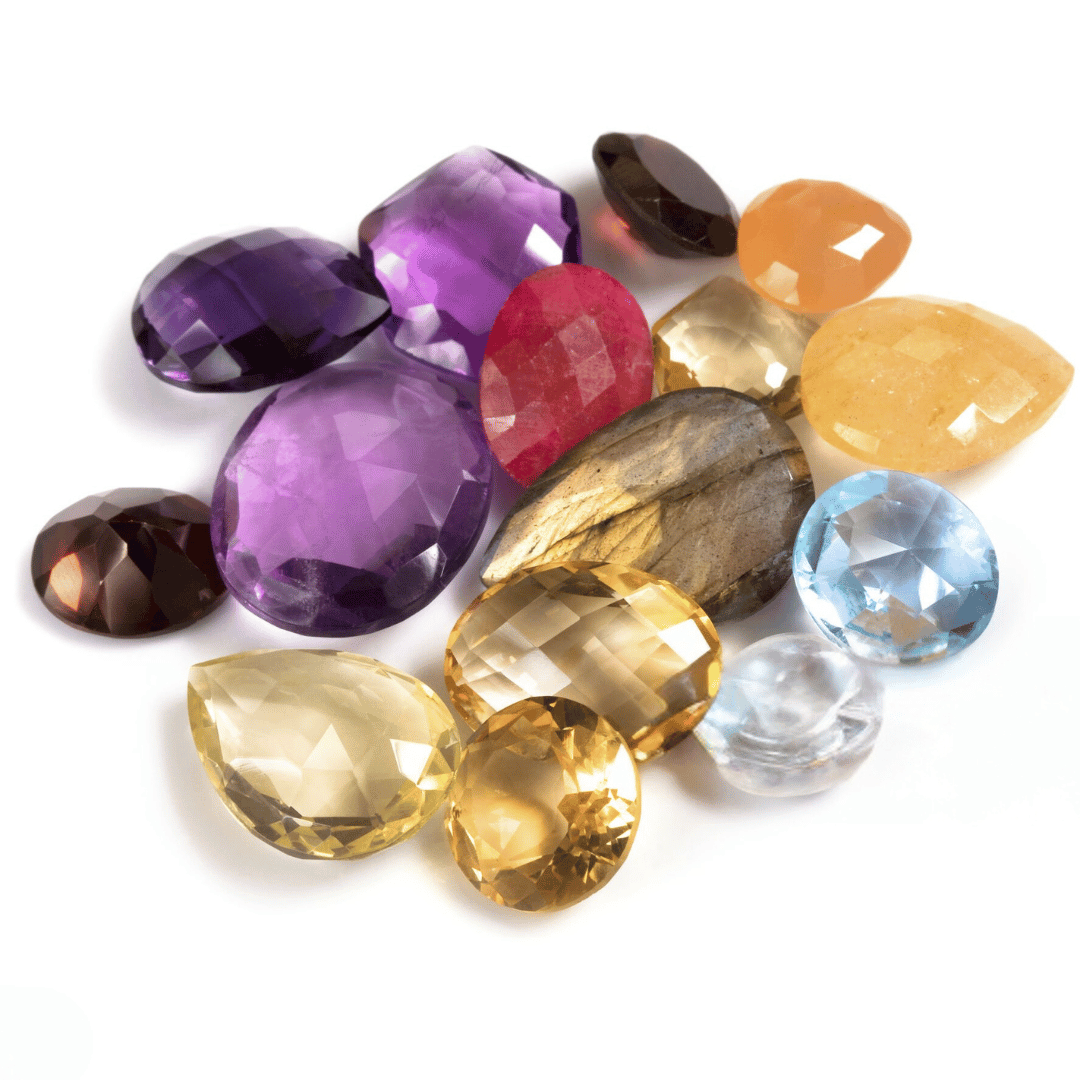
2. Beyond the Basics: Enhancements and Treatments
Many gemstones occur naturally coloured. However, some undergo treatments like heating to achieve a more desirable hue. Naturally coloured stones generally hold higher value, but treated gemstones can still be stunning and valuable. Synthetic gemstones, created in labs, offer the most affordable option but lack the natural charm.
3. Finding Your Perfect Gemstone: Questions to Consider
Before embarking on your gemstone journey, ask yourself: What colour speaks to you? Does the stone sparkle and reflect light beautifully? Is the clarity acceptable, or are there too many inclusions?
4. Making an Informed Purchase
Consider a custom-designed piece to perfectly suit your style and budget. Reputable jewellers, members of the National Association of Goldsmiths (NAG) adhere to strict ethical codes. They will disclose any treatments or enhancements and provide a detailed report outlining the gemstone’s characteristics. This report is crucial for future cleaning, repairs, insurance, or resale.
5. Embrace the Journey
Selecting a colored gemstone is a delightful journey into the world of vibrant hues, sparkling light, and personal expression. With this understanding, you’re well-equipped to choose a gemstone that resonates with your unique style and will bring you joy for years to come.
Conclusion
Choosing a colored gemstone is a truly personal and exhilarating journey into the realm of vibrant expression. With each gem offering its own unique color palette, you have the opportunity to reflect your individual personality and style through your choice.
This guide has illuminated the key factors—such as the 4Cs, gemstone enhancements, and the nuances of finding your perfect stone—empowering you to make an informed and confident decision. Remember, while the technical aspects of cut, clarity, color, and carat weight are important, the ultimate choice should resonate with your personal taste and preferences.
Whether you’re drawn to the fiery red of a ruby or the serene blue of an aquamarine, the right gemstone will not only enhance your jewelry collection but also serve as a cherished symbol of your unique journey. Embrace this exploration with joy and curiosity, knowing that your chosen gemstone will bring you beauty and satisfaction for years to come.


